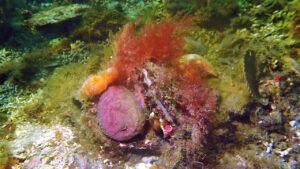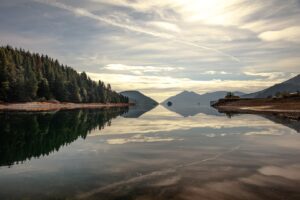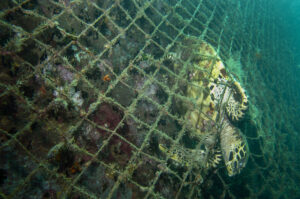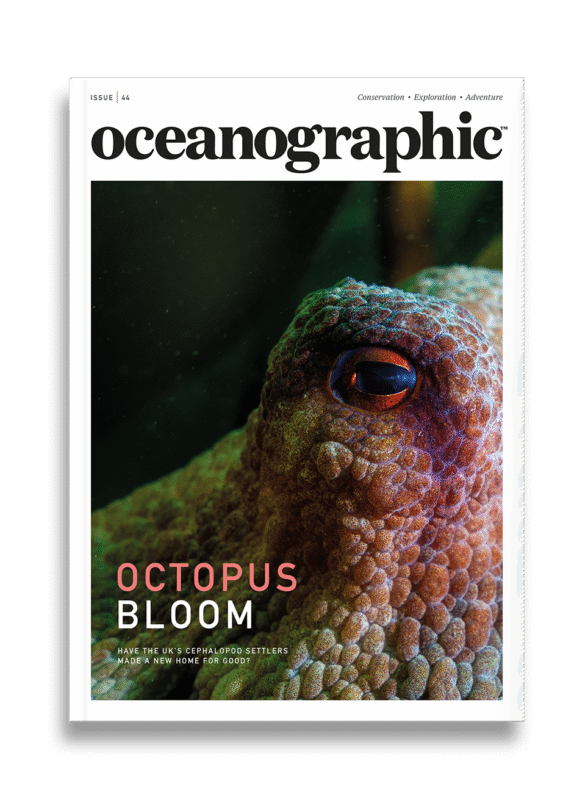Continental Shelf seas revealed as hidden carbon sponges
Researchers from the Convex Seascape Survey have found that the strength and direction of prevailing winds play a critical role in how the seas surrounding continental shelves absorb and store carbon.
Continental shelf seas – the shallow waters fringing our coasts and home to the vast majority of global seafood production – are quietly pulling more carbon from the atmosphere than they release, according to a groundbreaking new study.
It’s a discovery that sheds light on an overlooked ally in the fight against climate change, but scientists have been quick to caution that the benefit comes at a biological cost.
Researchers from the Convex Seascape Survey have found that the strength and direction of prevailing winds play a critical role in how these seas absorb and store carbon. Their findings, published in Global Biogeochemical Cycles, provide the first observational evidence that wind-driven water movements across continental shelves dictate how much carbon remains locked away in the ocean depths.
By examining two decades of data from 14 shelf seas around the world, the team discovered that carbon exchange is governed by seasonal, wind-driven currents at the shelf edge – the dynamic boundary between shallow coastal waters and the open ocean. These powerful flows act as a “carbon highway,” moving carbon-rich water onto or off the shelf and ultimately into the deep ocean, where it can stay sequestered for hundreds or even thousands of years.
“This is the first time we’ve been able to quantify the global importance of these current-driven exchanges,” said Professor Jamie Shutler, lead author from the University of Exeter. “Continental shelf seas act like giant sponges, drawing down carbon from the atmosphere and delivering it to the deep ocean.”
While this natural process helps temper climate change on land, it comes with a stark warning. As more carbon dissolves into seawater, it forms weak acids that lower the ocean’s pH – an accelerating phenomenon known as ocean acidification. The consequences are already being felt by marine life, from plankton to shellfish.

“This isn’t good news for the organisms that form the foundation of marine ecosystems,” Shutler explained. “Plankton, fish, and bivalves like mussels and oysters are losing viable habitats. Considering that 95% of our seafood comes from these shelf seas, this also raises major concerns for global food security.”
The study highlights a complex double-edged sword. While stronger shelf-edge currents may help oceans continue absorbing atmospheric carbon, they also heighten the risk of acidification. Ultimately, the process is driven by rising carbon emissions – largely from human consumption patterns and technological growth.
“This research refines our understanding of how the ocean breathes,” said Professor Callum Roberts, co-author and lead scientist of the Convex Seascape Survey. “But it also delivers a clear message, that cutting emissions remains the most effective way to safeguard the health of our seas.”
He added, “Without drastic reductions in carbon output, even our best conservation efforts, such as establishing marine protected areas, will be fighting a losing battle.”
The Convex Seascape Survey – a collaboration between the Blue Marine Foundation, the University of Exeter, and Convex Group Limited – is the largest global research programme yet aimed at understanding the ocean’s role in the carbon cycle. Partnering with the European Space Agency, the team is using satellite data and field observations to map how continental shelves process, store, and move carbon in a changing climate.
Their paper, ‘Wind-driven control of shelf-sea CO₂ sinks,’ offers a new blueprint for how scientists view the world’s shallow seas – not as passive coastlines, but as dynamic engines in the planet’s climate system.


"*" indicates required fields
Printed editions
Current issue
Back issues
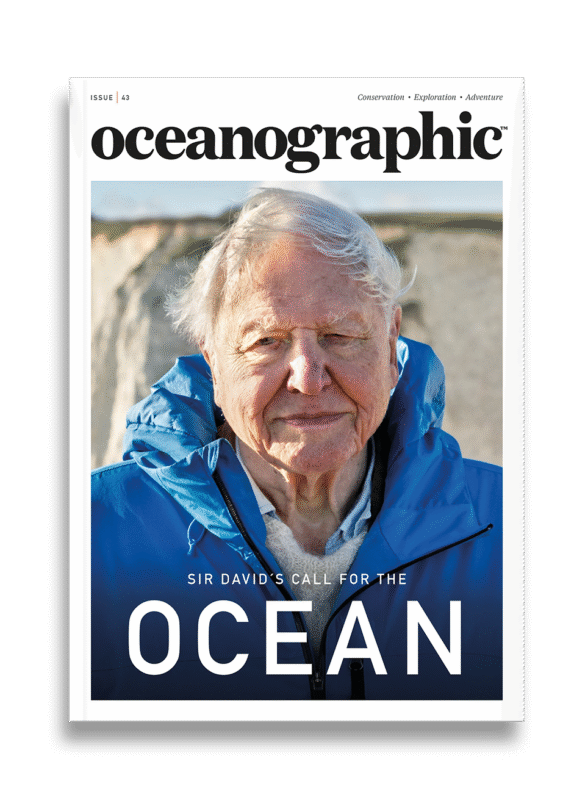
Back Issues
Issue 43 Sir David Attenborough’s ‘Ocean’

Back Issues
Issue 41 Holdfast to the canopy
Enjoy so much more from Oceanographic Magazine by becoming a subscriber.
A range of subscription options are available.

